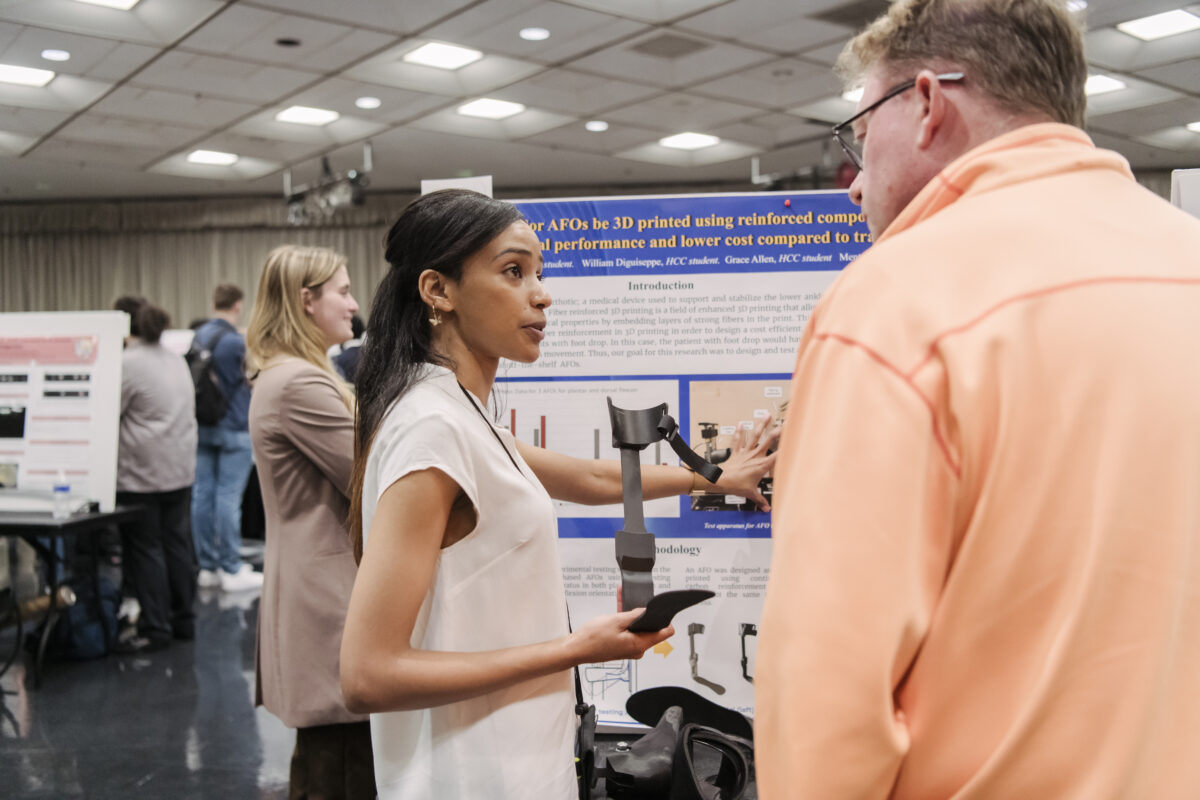In the last few decades, the scientific community has produced mounting evidence that many animals can “see” with cells all over their bodies. What purposes do these cells serve and how do they work? Earlier this month, Tom Cronin, professor of biological sciences, described this phenomenon—where animals’ cells detect light (“photoreception”) for purposes other than image-forming vision—in an article for The Conversation, which has since appeared in outlets such as Scientific American, Salon, Inverse, and Flipboard and received more than 36,000 views.
“Many animals—including human beings—do have specialized light-detecting molecules in unexpected places,” Cronin writes, explaining that they’re most often found in cells in the central nervous system and skin, but also in blood and internal organs.
In humans, light-detecting cells are highly concentrated in the retina at the back of the eye. Scientists used to think that only the classic “rod” and “cone” cells involved in conscious vision detected light there. Cronin writes that in the early 2000s, “the discovery…of other cells in a mouse retina that respond to light came as a shock.”
All light-detecting cells contain proteins called opsins, and the newly discovered mouse eye cells contained a new type of opsin protein the researchers named melanopsin. The quest to find more opsins in other animals and in other body locations was on, and new technology made it much easier. Cronin explains, “The advent of inexpensive and efficient molecular genetic technologies has made the search for opsins a cottage industry in laboratories worldwide.”
Previously unknown light-detecting cells have now been found in animals from cuttlefish to birds, as well as in plants. “Now that we know that these photoreceptors can be found throughout animals’ bodies, what in the world are they actually doing?” asks Cronin.
Cuttlefish, octopus, and squid (cephalopods) have light-detecting cells called chromatophores all over their skin, he explains. Scientists understand these cells serve to “actively control their color or pattern for several reasons, most often for camouflage (to match the color and pattern of the background) or to produce bright, prominent signals for aggression or attracting a mate.”
The cells that detect light in plants are aptly named “cryptochromes,” reflecting the lingering mystery of how they work. Although scientists still have many questions about cryptochromes, they agree that they play a role in plant growth and annual reproductive cycles. Cryptochromes also appear able to assist some birds in navigation using Earth’s magnetic field.
In humans, photoreceptor cells that aren’t involved in conscious vision are known to regulate subconscious functions like pupil size, body temperature, and sleep-wake cycles. This helps explain why some blind people still have typical circadian rhythms.
Recent research has also indicated a possible role for non-image-forming vision in learning ability, mood, and the sensitivity of conscious vision, Cronin explains. Plus, melanopsin has been spotted in mouse blood. “Since humans are likely to have the same system,” he writes, “this could partially explain the increase in heart attacks in the morning, which are perhaps associated with blood pressure changes occurring at that time.”
Scientists have made notable progress toward understanding unconscious vision in the last few decades, but there is much left to learn. “We know nonvisual light detection is ubiquitous and significant in the lives of animals,” Cronin writes, and “future research will continue to untangle its effects on human health and well-being.”
Read Tom Cronin’s complete article, “Seeing without eyes—the unexpected world of nonvisual photoreception” at The Conversation.
Image: Two cuttlefish, which are known to have light-sensing cells throughout their skin. Photo by Joi Ito via Flickr, shared under CC BY 2.0.




